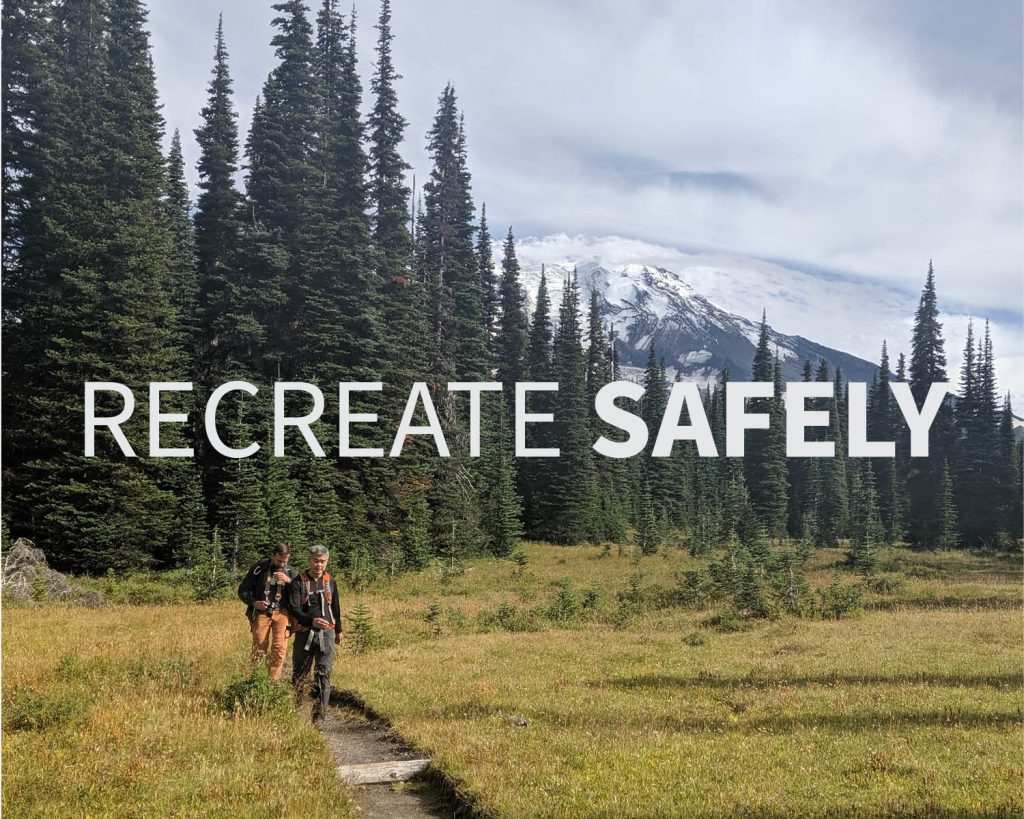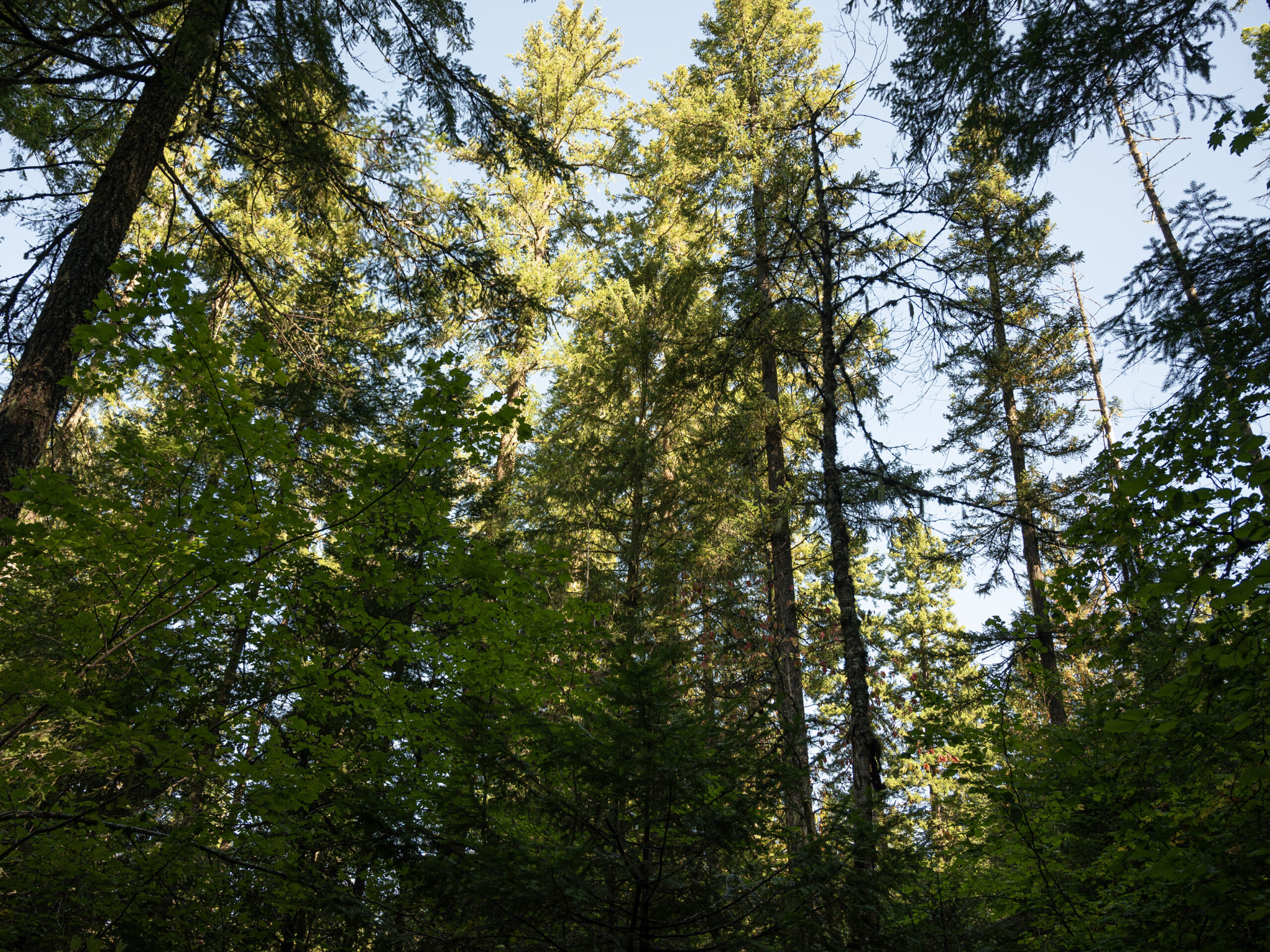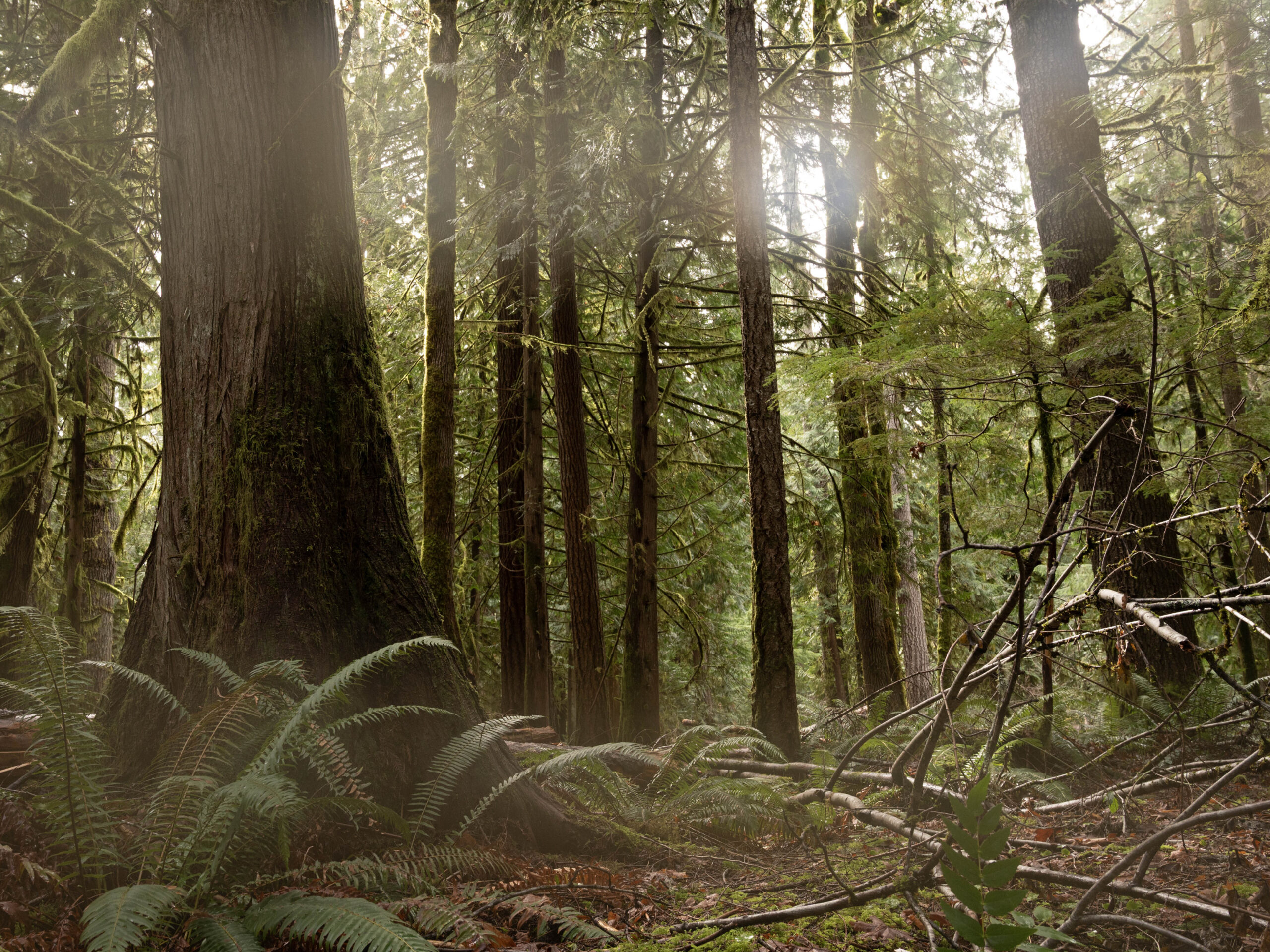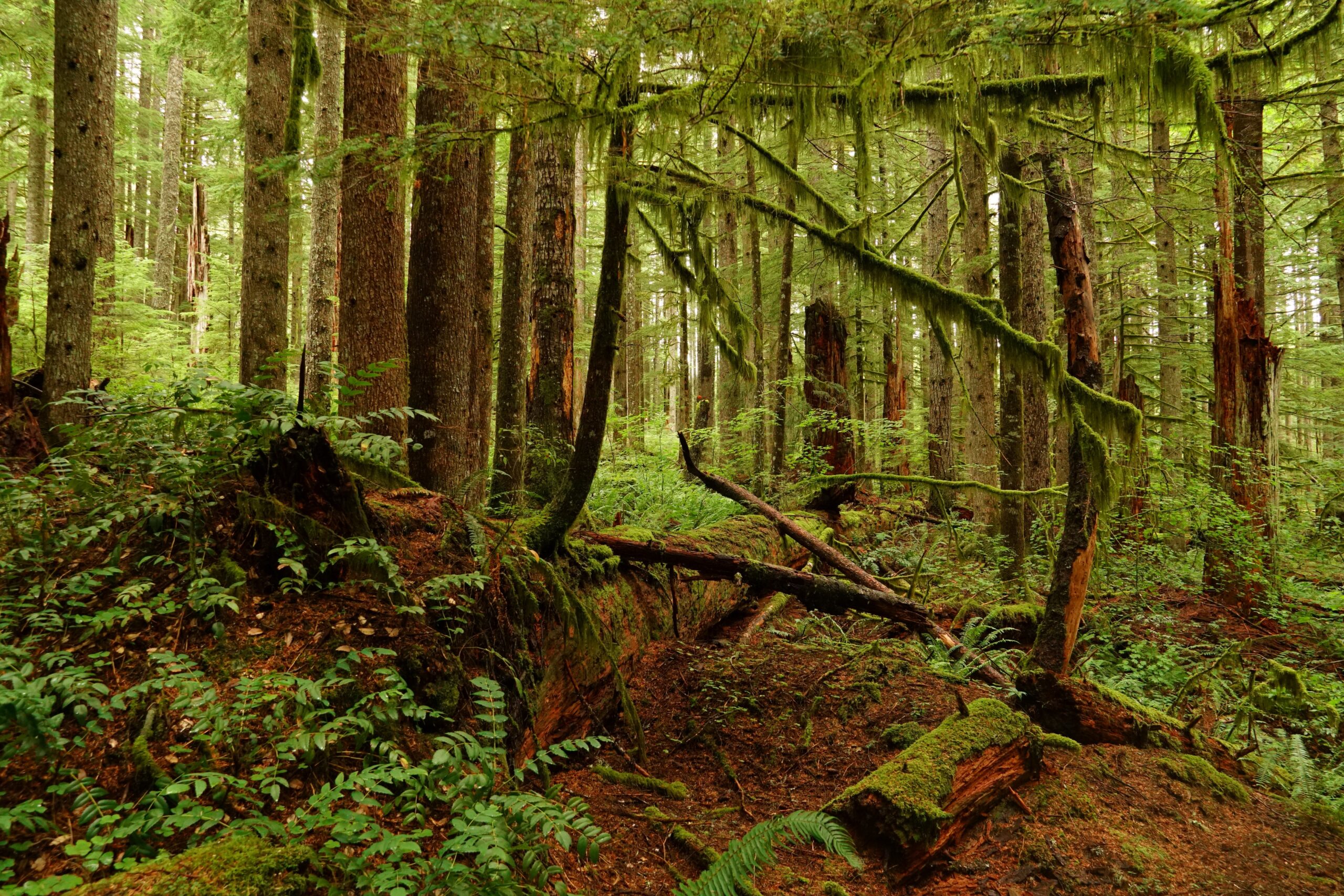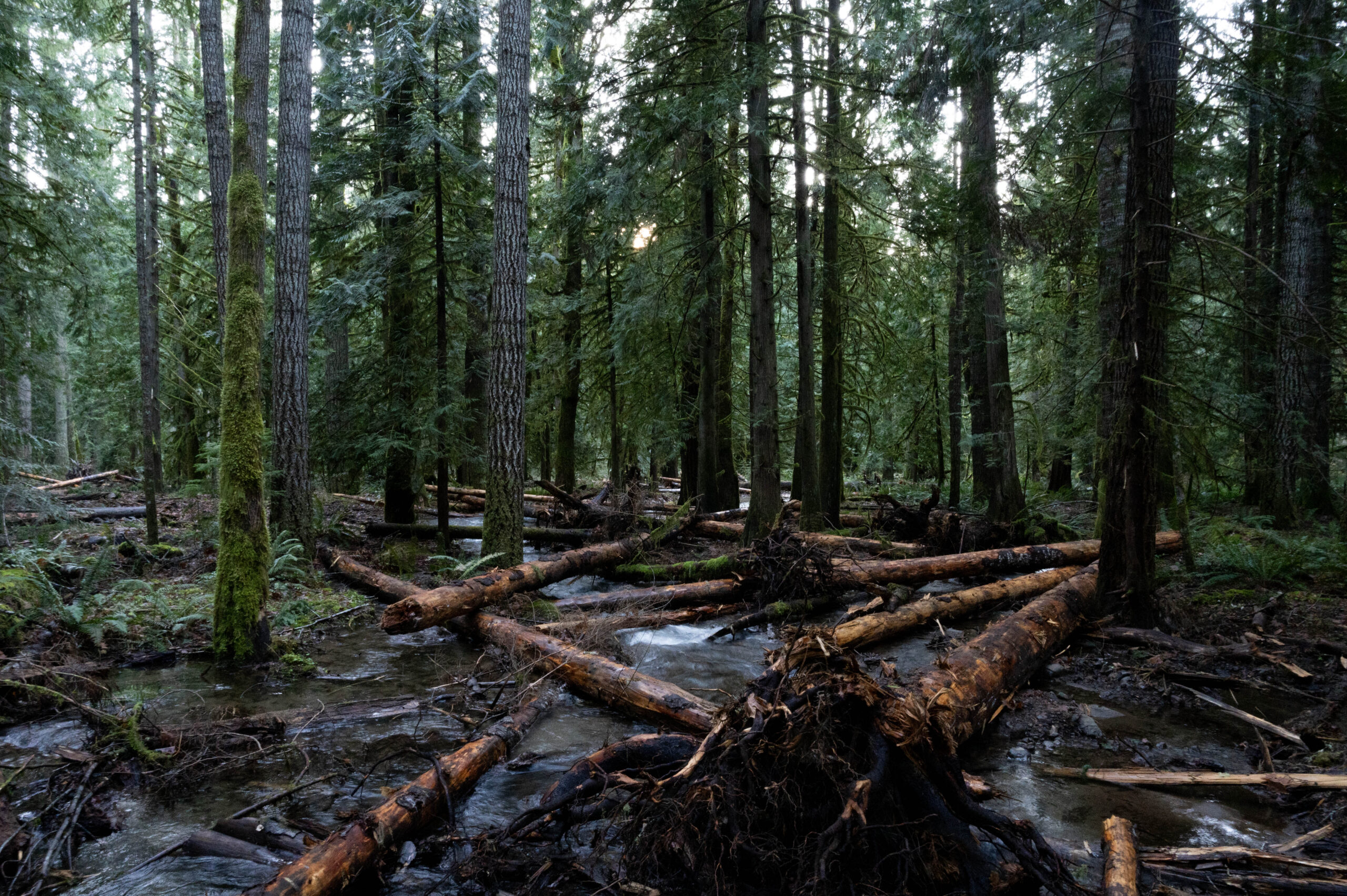May 22 2020
If you’re anything like us, you can’t wait to get back out on the trail this summer. It was recently announced that after COVID-19 closures, most of the day-use trails and recreation areas in the Gifford Pinchot National Forest have reopened. As glad as that news makes us, the situation is far from back to normal. Here’s what you need to know before hiking in the Gifford Pinchot National Forest during the pandemic:
Check ahead of time to confirm that the area you plan to visit is open. You can find information on current trail openings and closures at the Gifford Pinchot National Forest’s website here.
Site facilities may still be closed. Just because the trailhead is open, does not necessarily mean the site’s facilities are. Vault bathrooms may be open, but the Forest Service will not be maintaining them as usual because employees don’t currently have the PPE to do so safely. There is no guarantee that open facilities are COVID free. Take precautions for your own safety and the safety of others. Plan (and pack) accordingly.
Avoid crowded areas. If you get to a trailhead and the parking lot is full, don’t hike there. Period. The trail will be too crowded to safely practice social distancing. Plus, if you park on the side of the road, you could be towed, and who wants to end a day in the woods trying to hitch a ride to an impound lot? Not us. Probably not you either. Have a plan B (maybe even a plan C) before you head out.
DO NOT visit stores in rural communities. Can’t stress this one enough: unless you’re a local resident, don’t stop into stores in rural communities. Plan ahead and bring everything you’ll need with you. Don’t risk exposing people in rural communities to the virus because you didn’t bring enough water or snacks.
Campgrounds are still closed, but dispersed camping is allowed. Campgrounds currently remain closed and the GPNF is working to open them with safety as the number one priority. If you choose to disperse camp, please take all of your trash home and dispose of human waste properly.
These are strange times, so be safe out there. If a hiker or other recreational user gets into trouble, response times will likely be longer since local emergency responders (many of whom are volunteers) are also under the Executive Order unless necessary or exempted. Emergency responders are also focusing on keeping their local communities safe. So remember, always pack the 10 essentials. Bring more food and water than you think you need. Bring basic first aid, supportive footwear, and rain-gear, no matter what the weather forecast says. Tell someone where you are going and when you will be back.
We’ll see you (from a safe distance) on the trail!



